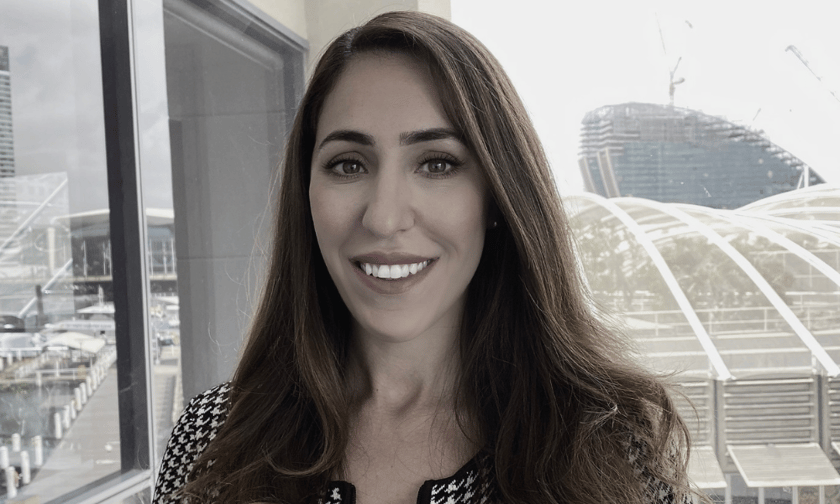

New laws for strata schemes that impact brokers, are rolling out across NSW. The latest round of changes, the Strata Schemes Legislation Amendment Bill 2024 (NSW), was approved by Parliament in March. A focus of the reforms is improving the accountability and transparency of strata managers, including their relationship with insurance brokers.
Many brokers are supportive of the changes. Some have told Insurance Business that this industry shake-up, a response to excessively high fees, conflicts of interest and unethical conduct, was a long time coming.
“We support the changes that protect the growing number of Australians living in strata communities,” said Christina Iordanidis (pictured), senior advisor with Bellrock. “I think the reforms are a positive step towards making the sector more transparent, ethical and fair.”
Sydney-based Iordanidis said the changes will see the NSW government “beefing up” enforcement powers for strata managers who don’t comply.
The Bellrock broker said strata managers now need to disclose any connections with suppliers. Iordanidis said they also must provide detailed reports to owners’ corporations that include breakdowns of insurance quotes with details of any commissions and broker fees.
At the same time as this reform effort, demand for strata insurance and broker services in the sector, could start increasing dramatically.
Some industry data shows that strata stakeholders manage $1.3 trillion in property values and generate about $7 billion a year in maintenance and management fees. According to figures quoted by the Strata Community Association (SCA), nearly half of Australians are expected to live in strata accommodation by 2050.
Meanwhile, state and federal governments are pushing for more high-density housing to solve Australia’s housing affordability and availability crisis.
“There's a significant focus by our government on addressing the housing crisis because of our growing population,” said Iordanidis. “There's a big push for high rise developments and apartment blocks and they form part of strata schemes.”
These high-rise buildings, she said, are often in prime urban areas and have significant insurable values.
A recent strata insurance market update by Bellrock found that “the market is highly concentrated with limited insurers and underwriting agencies available.”
In recent years, the report said, strata insurance costs have seen steady increases due to inflationary pressures, building repair costs and increased reinsurance rates and claims costs due to weather related perils.
However, Iordanidis, the author of the report, said recent months, and the months ahead in 2025, “should see stabilised rates for those strata plans which are well maintained, have a good claims history, have minimal defects, no hazardous building construction elements as well as adequate fire and security protection.”
IB asked her what insurers are most concerned about when they’re considering offering coverage for a strata insurance scheme?
“That really ties in with claims,” said Iordanidis. “Insurers look out for good risk profiles, so clean claims, preferably accurate asset values.”
One task brokers should monitor, she suggested, is making sure clients get updated valuations at least biannually, if not every year.
Other concerns that brokers can help with include making sure their strata insurance customers engage contractors with adequate insurance protections.
“Insurers want to see a proper risk managed strata scheme,” said Iordanidis.
“The insurable values do present an issue on some of these larger strata plans because then it is linked to a capacity problem where some insurers are capped out on what they can offer in terms of coverage limit wise,” said Iordanidis.
Last month, a roundtable organised by a former NSW strata commissioner and a sustainability expert explored ways to increase professionalism across the strata sector. A report from the meeting is expected to be released this month.
Strata management consultant, Michael Teys attended. In a blog, he said that “Macquarie Bank hosted the event, arguably the most powerful provider to the strata sector, holding about $4B in strata trust funds.” Two other big industry players were also present: CHU Underwriting Agencies – owned by the Steadfast Group – and Lannock Strata Finance.
However, Teys noted something absent from this “excellent” meeting:
“One thing was missing though, a ‘no-holds-barred’ discussion about what really brought us together: the conflicted and undisclosed revenue model of some strata managers.”
Are you a strata industry stakeholder? How do you see the NSW government’s reform efforts? Please tell us below.
